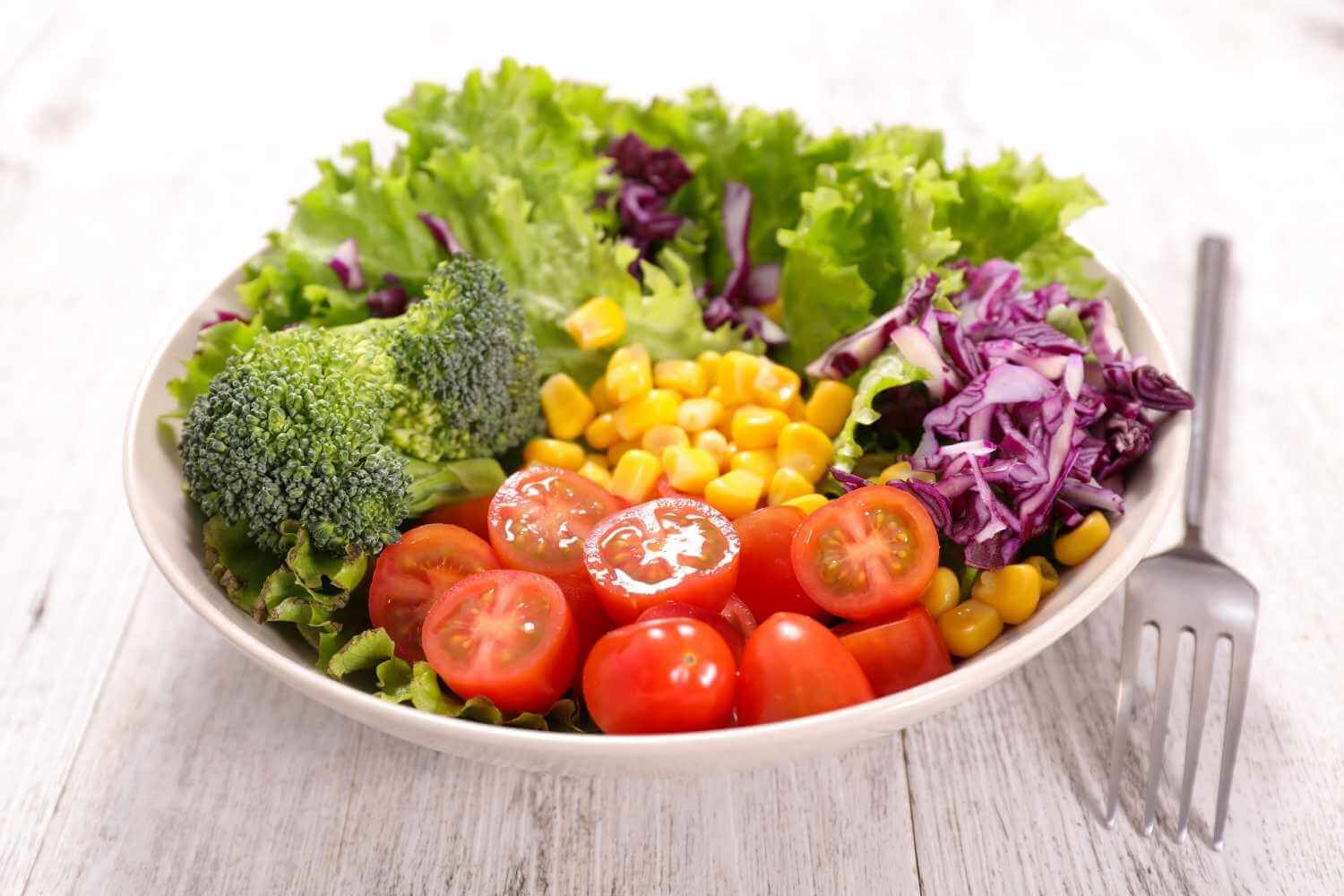Eating well is a key component of any excellent health and wellness strategy for the summer, but it can be challenging to give up your favorite foods that aren’t exactly ideal for you. The good news is that there are a lot of methods to modify your favorite recipes so that they are compatible with your new eating plan or wellness routine. Continue reading to learn the four most effective ways to improve the nutritional profile of your favorite dishes.
Reduce The Amount Of Salt Or Butter

Nearly every recipe calls for salt as a flavoring ingredient, and taking an excessive quantity of sodium over a period of time might increase the risk of developing high blood pressure, cardiovascular disease, and stroke. Although salt is an essential component in a great number of recipes, in most cases, you are able to omit up to one-half of the recommended amount of salt without significantly altering the flavor of the dish.
Butter is another prevalent item that is known to have some adverse effects on one’s health, and it is also frequently utilized in excess of what is required. In most cases, reducing the amount of butter used or even substituting a low-fat replacement for butter will not result in a dish that is noticeably different. This will assist you in lowering your cholesterol and will reduce the likelihood that you may get heart disease.
Use Low-Fat or Fat-Free

Many other meals, in addition to butter, also have ingredients that are available in lower-fat forms, and butter is not the only common ingredient that has these forms. If you want to dramatically lower the amount of fat you consume without having to totally give up dairy, one way to do so is to consume dairy products that have had the fat removed or decreased, such as cheese, milk, and yogurt.
Aside from dairy products, the primary source of fat in your diet is probably found in the form of meat. Eat white meat instead of red meat whenever it’s an option. White meat is healthier. Hamburgers and pork can be included in your diet on occasion; but, if you eat a lot of meat, a healthier option would be to choose chicken, turkey, or fish as your primary source of protein. Turkey can be used in place of beef or pig in a variety of typical foods to create delicious substitutes that taste even better.
Eat Just Whole Grains

Whole grains can be used as an easy and effective way to improve the nutritional profile of a number of recipes that call for refined or enhanced grains. Make substitutions such as using whole wheat flour instead of white flour, brown rice instead of white rice, and so on. Whole grains have been shown to reduce the chance of developing heart disease and diabetes, and their high fiber content makes you feel full more quickly, preventing you from overindulging in food. Switching to whole grains from processed grains is a wonderful idea if you experience digestive issues after eating grains because whole grains generate less inflammation than processed grains do.
Add Veggies

Including veggies in a dish is a straightforward additional step that can be taken to improve its nutritional profile. In savory recipes, such those including meat or pasta, this is very simple to do, but what about in sweet foods? Because the majority of sweet recipes contain sufficient sugar and other ingredients to conceal the taste of any vegetables that are added, you are free to mix in some really finely chopped or shredded vegetables without affecting the flavor.
Carrots, zucchini, and even potatoes are all excellent choices as veggies that can be successfully combined with sweet meals. Carrots and zucchini are both sweet vegetables that do not have a strong taste, while potatoes are an easy vegetable to incorporate into baked goods such as cupcakes.








